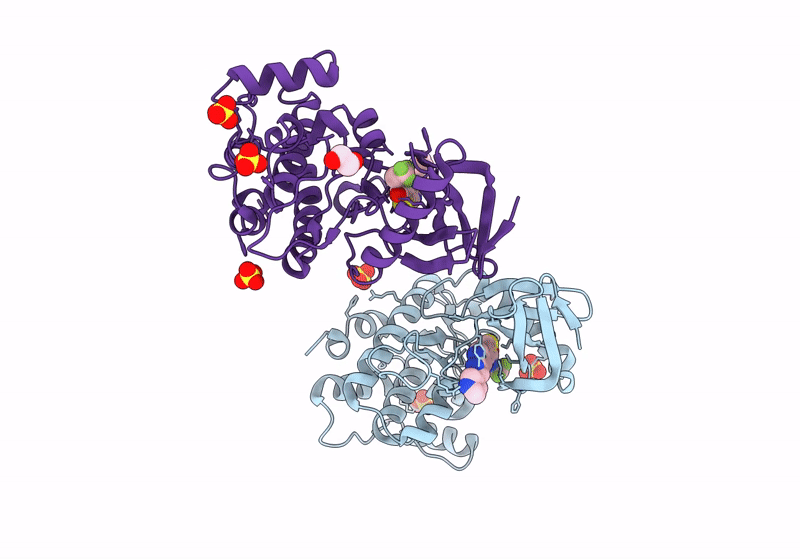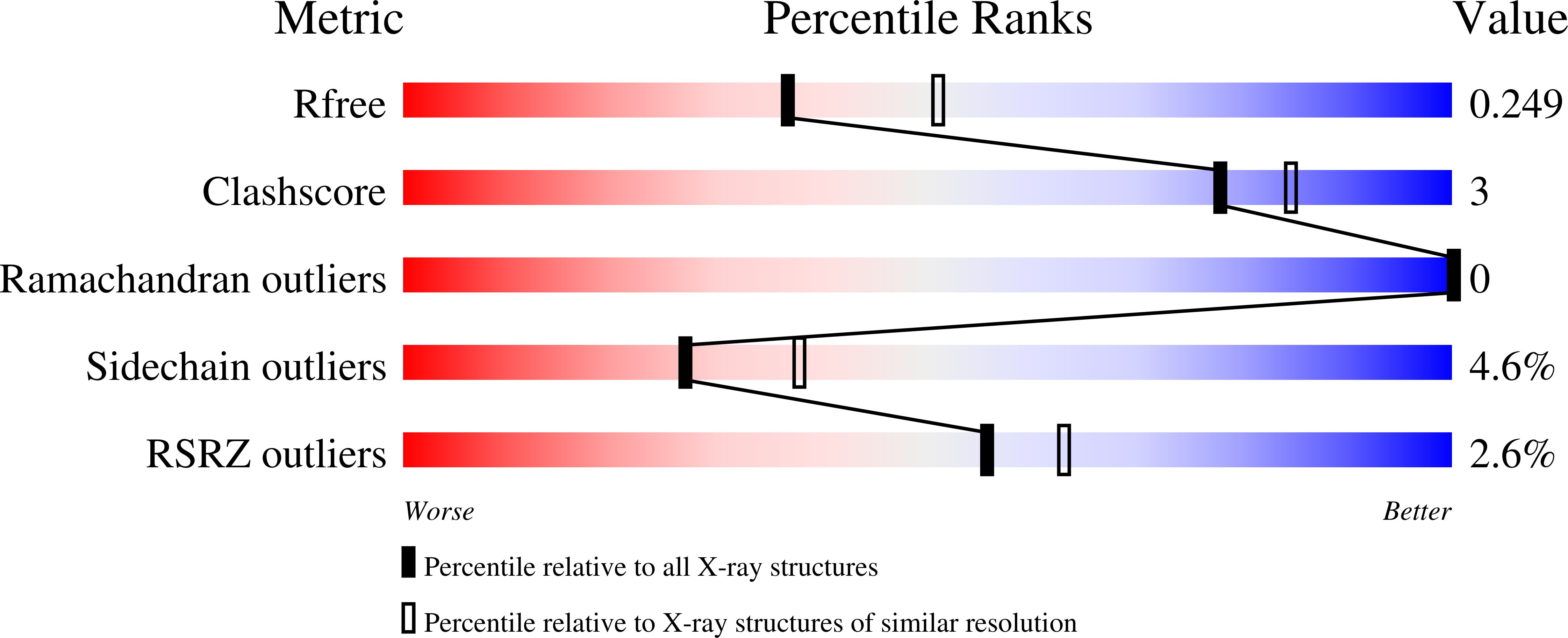
Deposition Date
2023-05-15
Release Date
2024-03-27
Last Version Date
2024-11-13
Entry Detail
PDB ID:
8SV9
Keywords:
Title:
Crystal structure of ULK1 kinase domain with inhibitor MR-2088
Biological Source:
Source Organism:
Homo sapiens (Taxon ID: 9606)
Host Organism:
Method Details:
Experimental Method:
Resolution:
2.30 Å
R-Value Free:
0.24
R-Value Work:
0.20
R-Value Observed:
0.21
Space Group:
C 2 2 2


